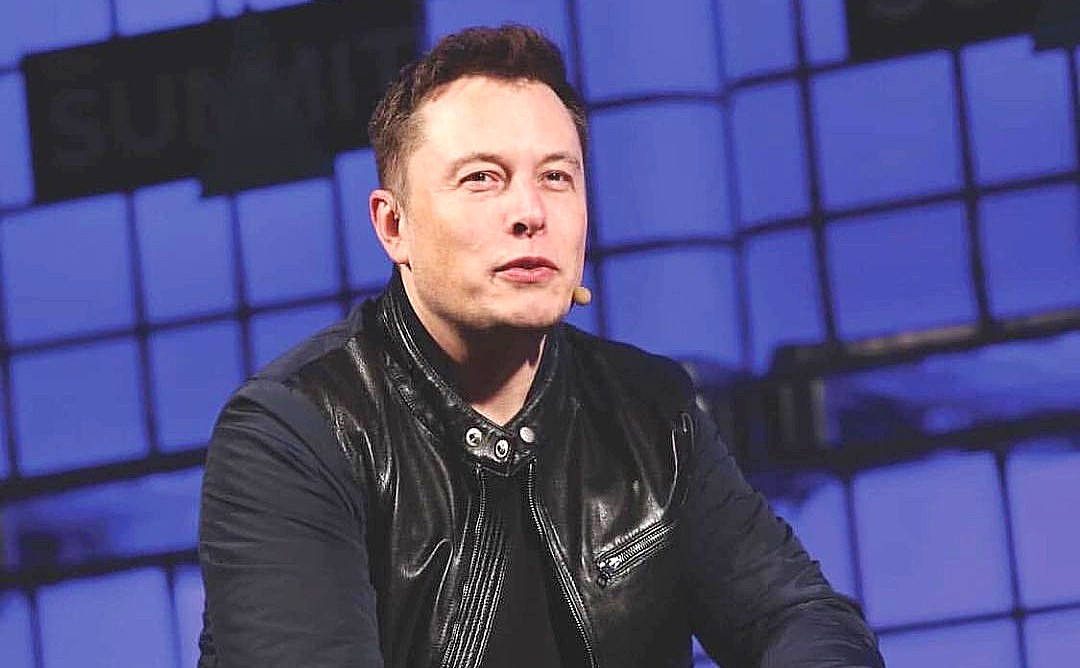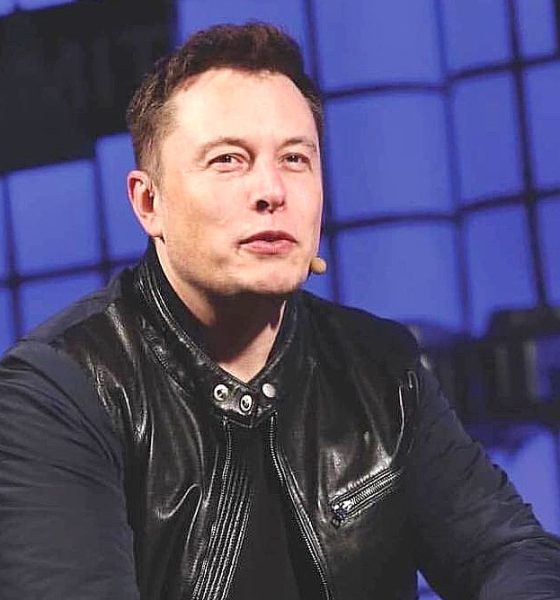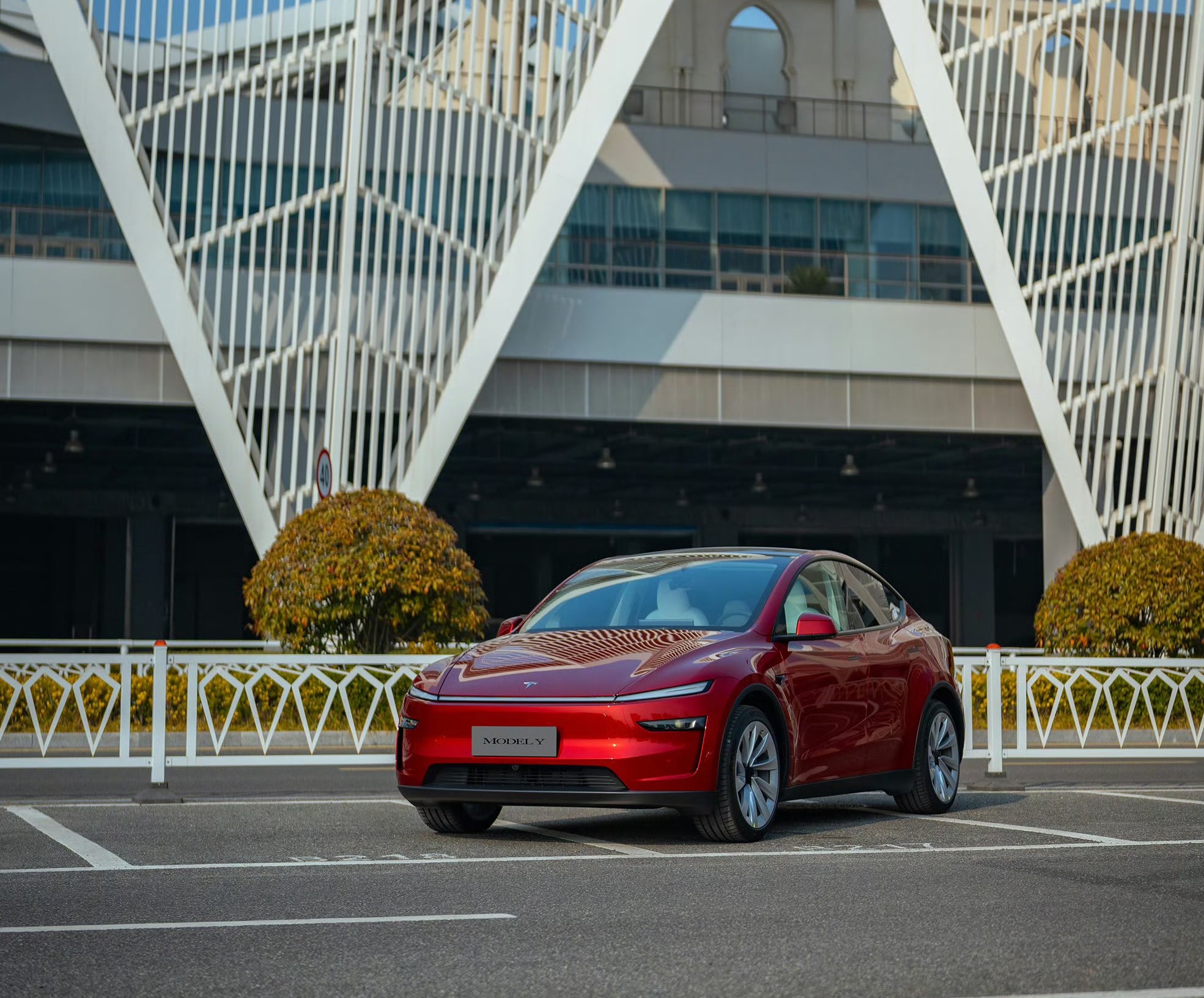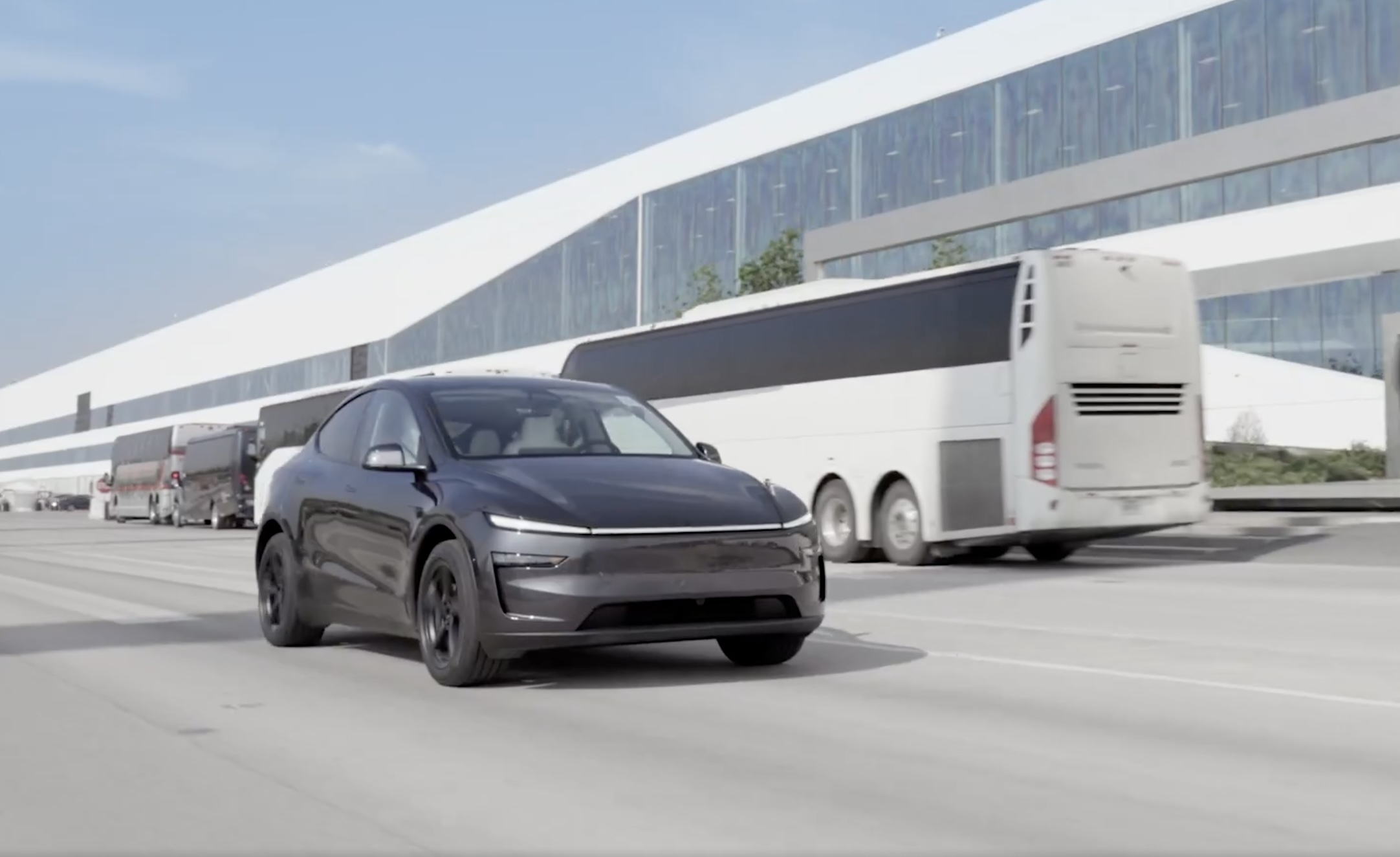

Investor's Corner
Tesla’s Elon Musk responds to claims that he doesn’t pay income taxes
Tesla’s Elon Musk responded to claims that he doesn’t pay income taxes, along with several other wealthy CEOs, in a report from ProPublica earlier this week. The report, which showed the wealth increases of several of the world’s richest people, including Musk, Jeff Bezos, Warren Buffett, and Michael Bloomberg, along with their tax rates, claimed that these CEOs are not paying their fair share in taxes.
Interestingly, Musk’s wealth, which has been supplemented by Tesla’s meteoric rise in stock price over the past year, and not by a paid salary from his employer, is being accounted for as his “increase in wealth.” However, Musk hasn’t accepted a salary from Tesla, and his stock isn’t taxable unless he sells it due to the Capital Gains Tax.
Regarding his salary that he is legally required to collect, Musk told the New York Times:
“I don’t cash it. It just ends up accumulating in a Tesla bank account somewhere.”
Today, Musk added some more color to the entire subject, shedding more light on his situation that seems to be misconstrued and misunderstood by many of those who are reporting that he, along with other CEOs, is avoiding his income tax payments. First, it is important to note that Musk does receive performance-based incentives that were outlined in his contract. Known as tranches, Musk only collects these when Tesla reaches thresholds for deliveries, profitability, or another metric that proves the CEO is assisting or is complimenting the company’s growth. These are paid in stock options.
Exactly. Only time I sell Tesla stock is when my stock options are expiring & I have no choice.
Btw, I will continue to pay income taxes in California proportionate to my time in state, which is & will be significant.
— Elon Musk (@elonmusk) June 9, 2021
Musk also said:
Yeah, sold my houses, except for 1 in Bay Area that’s rented out for events.
Working on sustainable energy for Earth with Tesla & protecting future of consciousness by making life multiplanetary with SpaceX. Also, AI risk mitigation with Neuralink & fixing traffic with Boring.
— Elon Musk (@elonmusk) June 9, 2021
It should be noted that taxes are only paid on realized gains, which cannot be attributed to increases in stock ownership. If this were the case, Musk would be forced to sell many of his shares to cover the taxes he would be required to pay. However, this would be detrimental, not only to Tesla stock but to basically any large companies’ stock, as CEOs would forfeit their majority ownership stakes to cover lofty tax rates. Furthermore, most of the wealth these CEOs have is in the stock they own and is not sitting in a lump sum of cash in their bank accounts. Unfortunately, these stories continue to be circulated through the media. Many people do not do their own due diligence to find out the real reasons why CEOs aren’t cutting substantial tax payment checks to the IRS.
In short, taxes are based on income and not wealth. This is why Musk and other wealthy CEOs are not paying tens of millions or even billions of dollars in taxes every year.

Investor's Corner
Tesla bear gets blunt with beliefs over company valuation

Tesla bear Michael Burry got blunt with his beliefs over the company’s valuation, which he called “ridiculously overvalued” in a newsletter to subscribers this past weekend.
“Tesla’s market capitalization is ridiculously overvalued today and has been for a good long time,” Burry, who was the inspiration for the movie The Big Short, and was portrayed by Christian Bale.
Burry went on to say, “As an aside, the Elon cult was all-in on electric cars until competition showed up, then all-in on autonomous driving until competition showed up, and now is all-in on robots — until competition shows up.”
Tesla bear Michael Burry ditches bet against $TSLA, says ‘media inflated’ the situation
For a long time, Burry has been skeptical of Tesla, its stock, and its CEO, Elon Musk, even placing a $530 million bet against shares several years ago. Eventually, Burry’s short position extended to other supporters of the company, including ARK Invest.
Tesla has long drawn skepticism from investors and more traditional analysts, who believe its valuation is overblown. However, the company is not traded as a traditional stock, something that other Wall Street firms have recognized.
While many believe the company has some serious pull as an automaker, an identity that helped it reach the valuation it has, Tesla has more than transformed into a robotics, AI, and self-driving play, pulling itself into the realm of some of the most recognizable stocks in tech.
Burry’s Scion Asset Management has put its money where its mouth is against Tesla stock on several occasions, but the firm has not yielded positive results, as shares have increased in value since 2020 by over 115 percent. The firm closed in May.
In 2020, it launched its short position, but by October 2021, it had ditched that position.
Tesla has had a tumultuous year on Wall Street, dipping significantly to around the $220 mark at one point. However, it rebounded significantly in September, climbing back up to the $400 region, as it currently trades at around $430.
It closed at $430.14 on Monday.
Investor's Corner
Mizuho keeps Tesla (TSLA) “Outperform” rating but lowers price target
As per the Mizuho analyst, upcoming changes to EV incentives in the U.S. and China could affect Tesla’s unit growth more than previously expected.

Mizuho analyst Vijay Rakesh lowered Tesla’s (NASDAQ:TSLA) price target to $475 from $485, citing potential 2026 EV subsidy cuts in the U.S. and China that could pressure deliveries. The firm maintained its Outperform rating for the electric vehicle maker, however.
As per the Mizuho analyst, upcoming changes to EV incentives in the U.S. and China could affect Tesla’s unit growth more than previously expected. The U.S. accounted for roughly 37% of Tesla’s third-quarter 2025 sales, while China represented about 34%, making both markets highly sensitive to policy shifts. Potential 50% cuts to Chinese subsidies and reduced U.S. incentives affected the firm’s outlook.
With those pressures factored in, the firm now expects Tesla to deliver 1.75 million vehicles in 2026 and 2 million in 2027, slightly below consensus estimates of 1.82 million and 2.15 million, respectively. The analyst was cautiously optimistic, as near-term pressure from subsidies is there, but the company’s long-term tech roadmap remains very compelling.
Despite the revised target, Mizuho remained optimistic on Tesla’s long-term technology roadmap. The firm highlighted three major growth drivers into 2027: the broader adoption of Full Self-Driving V14, the expansion of Tesla’s Robotaxi service, and the commercialization of Optimus, the company’s humanoid robot.
“We are lowering TSLA Ests/PT to $475 with Potential BEV headwinds in 2026E. We believe into 2026E, US (~37% of TSLA 3Q25 sales) EV subsidy cuts and China (34% of TSLA 3Q25 sales) potential 50% EV subsidy cuts could be a headwind to EV deliveries.
“We are now estimating TSLA deliveries for 2026/27E at 1.75M/2.00M (slightly below cons. 1.82M/2.15M). We see some LT drivers with FSD v14 adoption for autonomous, robotaxi launches, and humanoid robots into 2027 driving strength,” the analyst noted.
Investor's Corner
Tesla stock lands elusive ‘must own’ status from Wall Street firm

Tesla stock (NASDAQ: TSLA) has landed an elusive “must own” status from Wall Street firm Melius, according to a new note released early this week.
Analyst Rob Wertheimer said Tesla will lead the charge in world-changing tech, given the company’s focus on self-driving, autonomy, and Robotaxi. In a note to investors, Wertheimer said “the world is about to change, dramatically,” because of the advent of self-driving cars.
He looks at the industry and sees many potential players, but the firm says there will only be one true winner:
“Our point is not that Tesla is at risk, it’s that everybody else is.”
The major argument is that autonomy is nearing a tipping point where years of chipping away at the software and data needed to develop a sound, safe, and effective form of autonomous driving technology turn into an avalanche of progress.
Wertheimer believes autonomy is a $7 trillion sector,” and in the coming years, investors will see “hundreds of billions in value shift to Tesla.”
A lot of the major growth has to do with the all-too-common “butts in seats” strategy, as Wertheimer believes that only a fraction of people in the United States have ridden in a self-driving car. In Tesla’s regard, only “tens of thousands” have tried Tesla’s latest Full Self-Driving (Supervised) version, which is v14.
Tesla Full Self-Driving v14.2 – Full Review, the Good and the Bad
When it reaches a widespread rollout and more people are able to experience Tesla Full Self-Driving v14, he believes “it will shock most people.”
Citing things like Tesla’s massive data pool from its vehicles, as well as its shift to end-to-end neural nets in 2021 and 2022, as well as the upcoming AI5 chip, which will be put into a handful of vehicles next year, but will reach a wider rollout in 2027, Melius believes many investors are not aware of the pace of advancement in self-driving.
Tesla’s lead in its self-driving efforts is expanding, Wertheimer says. The company is making strategic choices on everything from hardware to software, manufacturing, and overall vehicle design. He says Tesla has left legacy automakers struggling to keep pace as they still rely on outdated architectures and fragmented supplier systems.
Tesla shares are up over 6 percent at 10:40 a.m. on the East Coast, trading at around $416.









